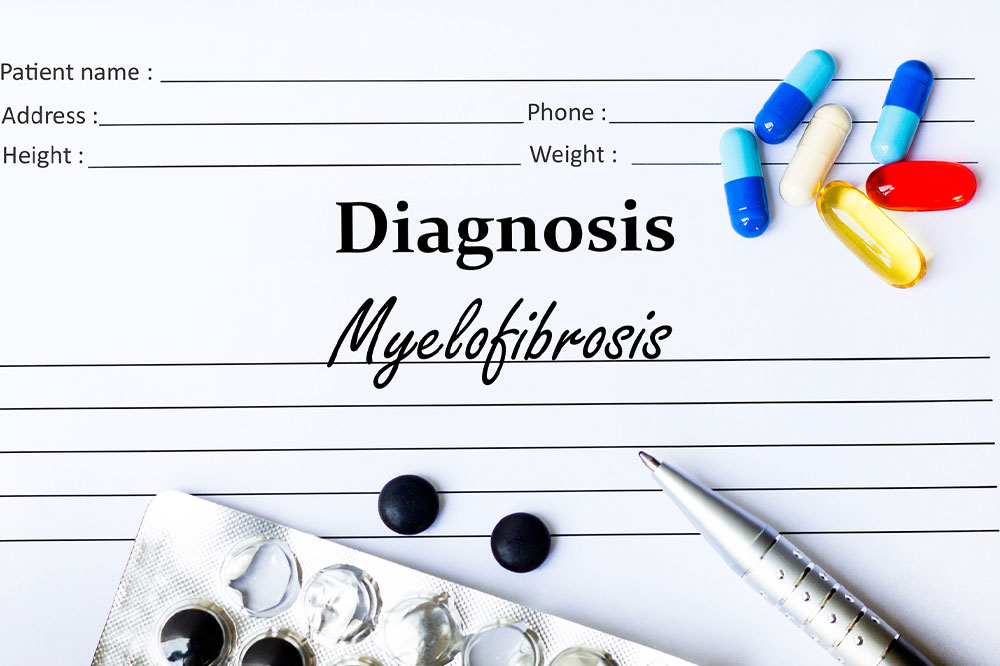Common blood disorders – Symptoms, causes, and risk factors
Blood disorders can be of various types. The most common ones include anemia, bleeding and clotting disorders like hemophilia, and cancers like lymphoma and leukemia. In this article, let’s look at the symptoms, causes, and risk factors associated with some of the common blood disorders. Read on to know more about three common blood disorders.
Leukemia
Among the most common symptoms of leukemia are extreme fatigue and feeling ill. Additionally, people with leukemia have a tendency to bleed easily; the urine or stool may be accompanied by blood, or patients might bleed from their nose or gums.

- Causes: Leukemia typically develops when the DNA inside the blood cells starts getting damaged, which can cause the blood cells to grow and divide uncontrollably. In this situation, the healthy blood cells die and are replaced by new abnormal cells, which develop inside the bone marrow. However, abnormal blood cells do not die naturally and keep building up. This leads to the cancerous cells overcrowding and outnumbering the healthy cells, resulting in leukemia.
- Risk factors: The most common risk factor associated with leukemia is the presence of certain viruses (human T-lymphotropic virus) in the body. In addition, chemotherapy or exposure to benzene may also increase one’s risk of developing leukemia. People with a family history of this blood disorder are also quite susceptible to developing it.
Hematoma
Since there are different types of hematoma, the symptoms may vary depending on the type of the disease. However, some common symptoms associated with all types of hematoma are neurological problems, headache, seizures, and confusion. On the other hand, the symptoms of epidural hematoma can include loss of vision on one side, vomiting, seizures, dizziness, and shortness of breath. Subungual hematoma may manifest as nail weakness, pain in the nails, and disfiguring or discoloration of the nails.
- Causes: Hematoma is a bleeding condition that affects the blood vessels, and the leading cause of this condition is trauma or an injury to the blood vessels. This may happen when a blood vessel gets damaged, and even a little damage to a small blood vessel can cause this condition. For instance, a subungual hematoma can occur due to a light stroke against an object or minor trauma to the nail.
- Risk factors: Various risk factors are associated with different types of hematoma, and the most common ones include trauma, old age, and the usage of blood thinners.
Iron-deficiency anemia
Iron-deficiency anemia is quite a common blood disorder and can lead to symptoms like weakness, fatigue, dizziness, cold hands and feet, pallor, sore tongue, and brittle nails.
- Causes: The common causes of this blood disorder include inadequate iron intake, internal bleeding due to certain medical issues, excess blood loss due to menstruation or childbirth, and endometriosis.
- Risk factors: People who face a greater risk of developing this blood disorder include women of childbearing age, pregnant women, frequent blood donors, and people who follow a diet that lacks adequate iron.




